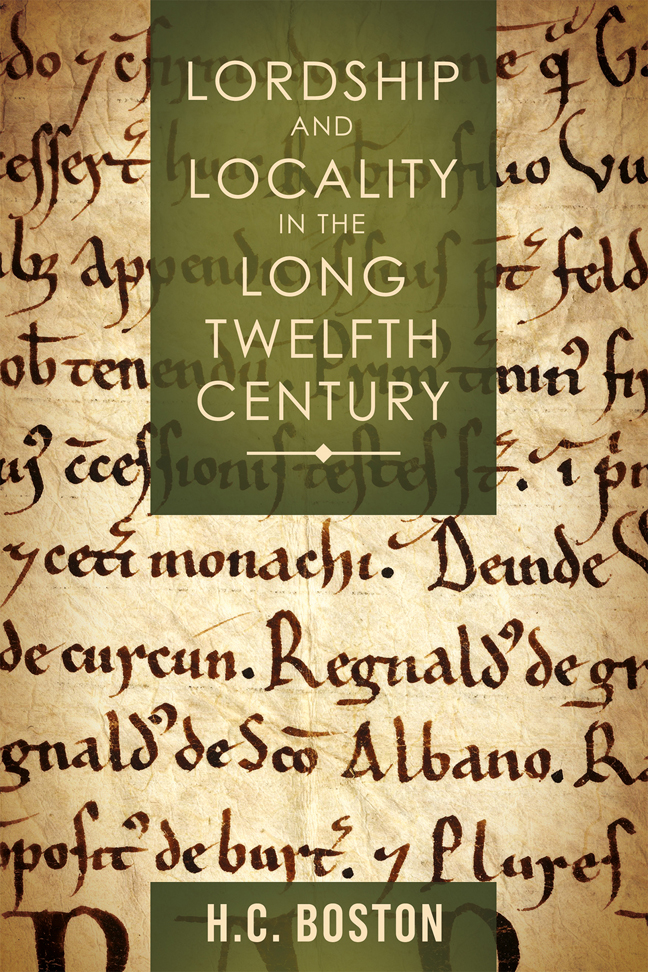Book contents
- Frontmatter
- Dedication
- Contents
- List of Illustrations
- Acknowledgements
- List of Abbreviations
- Introduction
- 1 Multiple lordship: a quantitative analysis
- 2 Multiple lordship and the honour
- 3 Multiple lordship and religious patronage
- 4 Multiple lordship and urban centres
- 5 The abbey of Burton-upon-Trent: a case study
- Conclusion
- Bibliography
- Index
4 - Multiple lordship and urban centres
Published online by Cambridge University Press: 21 February 2024
- Frontmatter
- Dedication
- Contents
- List of Illustrations
- Acknowledgements
- List of Abbreviations
- Introduction
- 1 Multiple lordship: a quantitative analysis
- 2 Multiple lordship and the honour
- 3 Multiple lordship and religious patronage
- 4 Multiple lordship and urban centres
- 5 The abbey of Burton-upon-Trent: a case study
- Conclusion
- Bibliography
- Index
Summary
The previous chapters have focused on lordship over rural lands. Although this represents the majority of the lands and minor lords of the area, urban and proto-urban areas with their associated minor lords and burgesses were a developing presence in the locality. This chapter focuses on the structures of single and multiple lordship within the three county towns: Derby, Stafford and Leicester. In Derby, a divided property and jurisdictional structure meant that no one lord had control of the town. Dispute over the foundation of nearby Augustinian abbey of Darley may indicate a mid-century power struggle between the burgesses and newly appointed earl of Derby. Prosopographical study of those mentioned in the house's documents shows an active and self-assertive group of burgesses and minor lords. In Stafford, seigneurial control was similarly divided and, although our evidence is poorer than for Derby, a similar group of small landholders emerge in the records. Leicester, by contrast, was under the control of a single lord through much of the period under study. As a result, its communal institutions developed under comital control, and all parts of the town seem to reflect the earls’ power.
While there has been a trend in historiography towards showing towns as part of the seigneurial landscape – which is undoubtedly true – the underlying structures are a little different from rural property. This in turn puts lords and their relationship with tenants on a different footing, and seigneurial control in urban property may have been somewhat weaker than in its rural counterparts. Briefly, there seem to be four main reasons for this. The first is that towns and their burgesses were often regarded by contemporaries as being directly under the king's protection – and control – rather than that of a lord. During the twelfth century in many boroughs, it seems to be the king's reeve who is the chief official; it is to the king they pay many of their dues, for some including rent; it is generally to the king that burgesses apply for patronage, confirmation or extension of rights. Within a borough, a royal or seigneurial reeve or bailiff was usually the senior official.
The second is that the power relations connected to property are different in urban tenure. Borough property was generally heritable, held for a fixed and often low money render (Landgable). This pattern was in place in many boroughs by the late eleventh century.
- Type
- Chapter
- Information
- Lordship and Locality in the Long Twelfth Century , pp. 151 - 196Publisher: Boydell & BrewerPrint publication year: 2024



